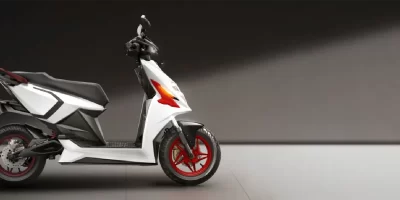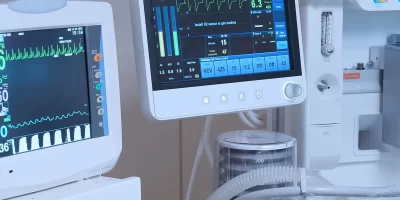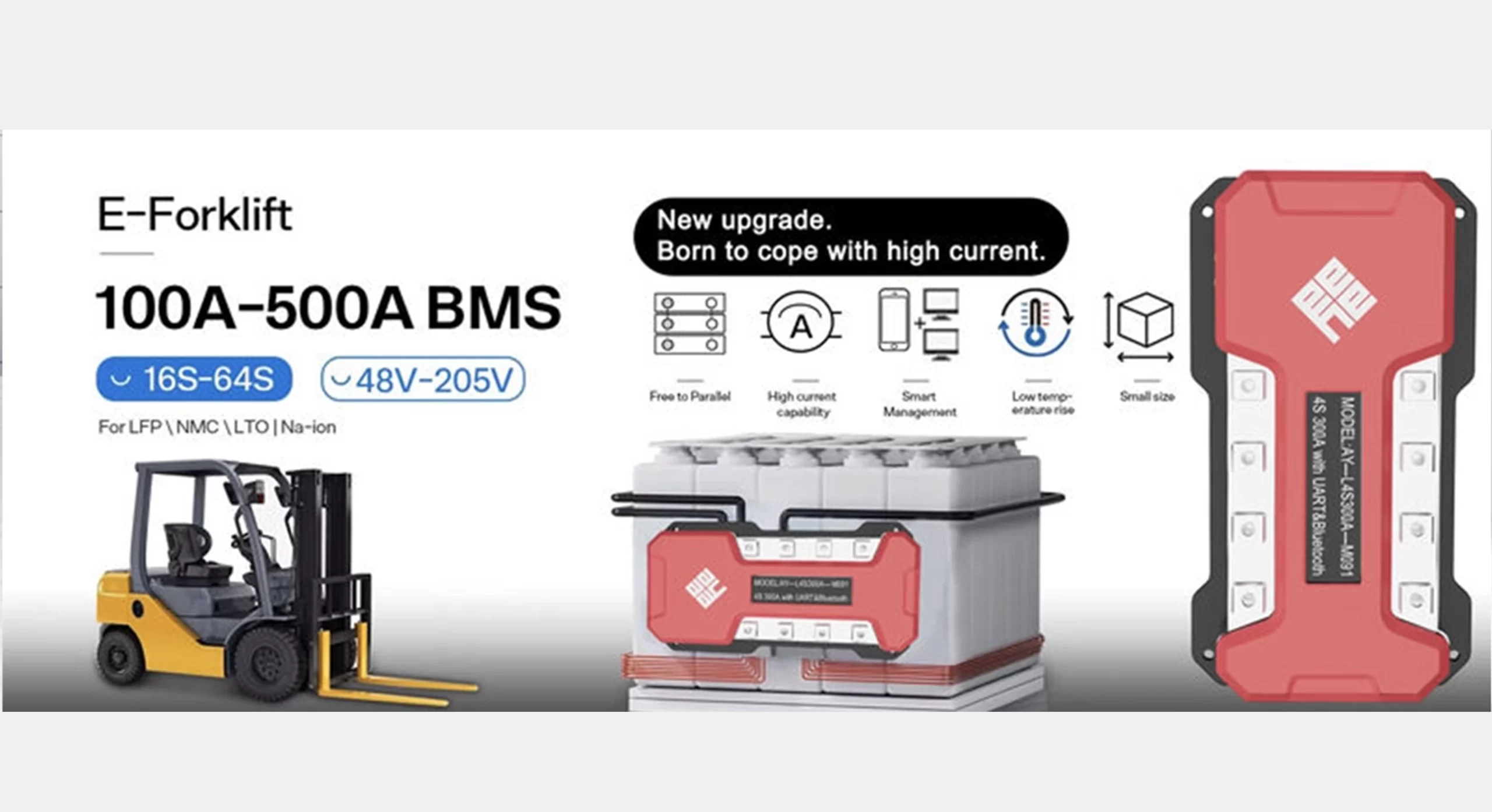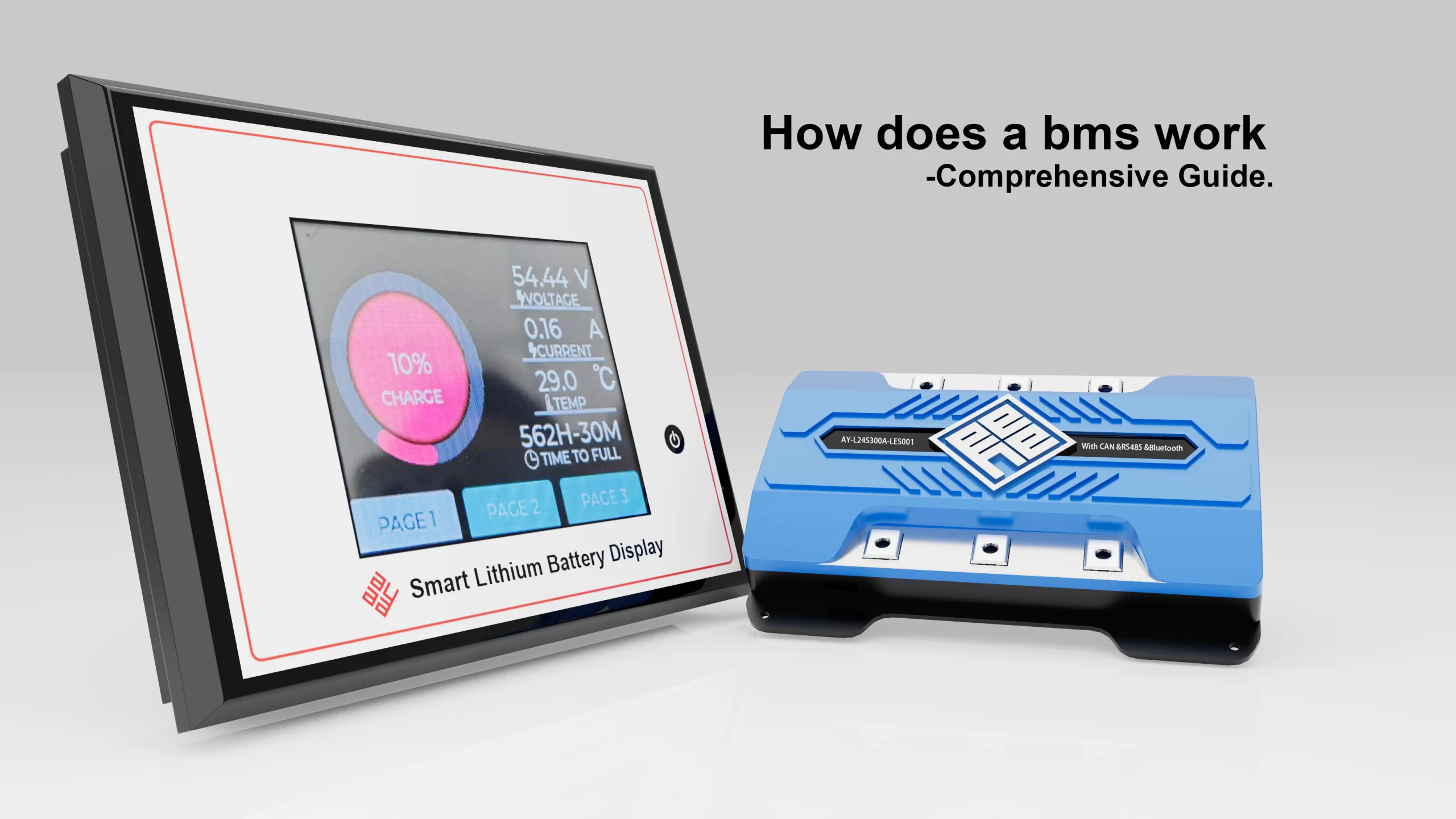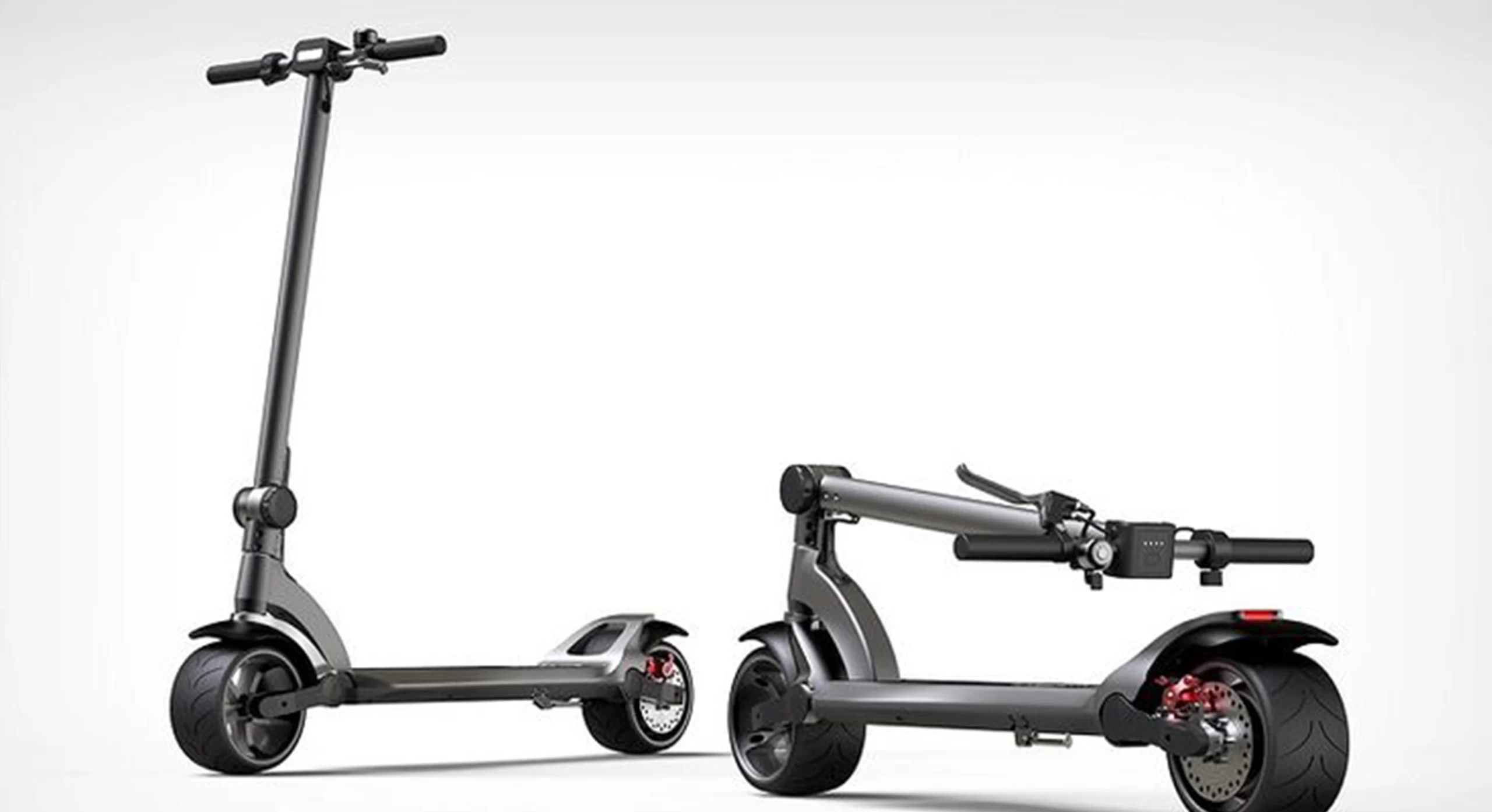ホームページ About Us EVENTS & NEWS Battery Management System (BMS) for Lithium-Ion Batteries: The Essential Core for Performance and Safety
Battery Management System (BMS) for Lithium-Ion Batteries: The Essential Core for Performance and Safety
Lithium-Ion Batteries and the Battery Management System
Lithium-ion batteries have become a cornerstone of modern technology, powering everything from portable electronics to large-scale industrial equipment and electric vehicles.
They offer significant advantages over older battery chemistries like lead-acid, including higher energy density, lighter weight, greater efficiency, faster charging capabilities, and a longer lifespan, Battery Management System (BMS). However, this advanced performance comes with inherent sensitivities.
Lithium-ion cells are particularly susceptible to damage if operated outside specific voltage, current, and temperature parameters, collectively known as their Safe Operating Area (SOA).
Operating outside this SOA can lead to diminished performance, reduced lifespan, and, critically, poses significant safety risks, including thermal runaway and fire.
To mitigate these risks and harness the full potential of lithium-ion technology, a sophisticated control and monitoring system is essential: the Battery Management System, or BMS.
Often referred to as the “brain” of the lithium-ion battery pack, the BMS is a set of integrated hardware and software designed to oversee and manage the battery pack’s performance and safety.
Its core purpose is threefold: to ensure the battery pack operates safely, to optimise its performance, and to maximise its lifespan.
This article will delve into the world of the BMS, exploring its vital functions, underscoring its importance for both safety and performance, explaining its operational principles and key technologies, outlining different system architectures, discussing its wide-ranging applications, and touching upon the role of data, diagnostics, and advanced design techniques in its development.
This aims to provide manufacturing professionals, engineers, and anyone interested in battery technology with a clear and comprehensive understanding of this critical component.
The Fundamental Role: What a BMS Does
At its heart, a BMS is dedicated technology for overseeing a battery pack. While we often refer to managing the “battery,” the actual monitoring and control functions are applied at the level of individual battery cells or groups of cells known as modules within the larger pack assembly. The oversight provided by a BMS typically includes monitoring the battery’s status, providing protection, estimating its operational state, continually optimising performance, and reporting data to external devices.
A typical battery management system usually consists of key functional components, each playing a vital role in protecting the lithium-ion battery from potential issues. These functions are far more extensive than those of a simpler battery balancer.
Key Functions of a Battery Management System:
Parameter Monitoring: The BMS constantly tracks critical operating parameters of the battery pack.
Cell Voltage Monitoring: It monitors the voltage of not just the entire battery pack, but more importantly, the voltage of each cell or module within the pack. This is crucial because damage can occur if cells are overcharged (voltage too high) or over-discharged (voltage too low). Operating outside these voltage limits, especially the upper limit during charging, can lead to rapid voltage rise and potentially dangerous levels. The BMS must know these limits and command decisions based on proximity to these thresholds.
Current Monitoring: The BMS monitors the current flowing into (charging) and out of (discharging) the battery pack. Lithium-ion cells have different limits for charging and discharging currents, and while they can handle higher peak currents for short periods, continuous current limits are specified by manufacturers. The BMS applies these limits, sometimes incorporating peak current monitoring to handle sudden load changes or detect short-circuit conditions.
Temperature Monitoring: Monitoring the temperature of the battery pack or individual modules is essential. Temperature significantly impacts lithium-ion battery performance, lifespan, and safety. Operating outside specific temperature ranges can diminish capacity, accelerate ageing, and, at high extremes, lead to thermal runaway.
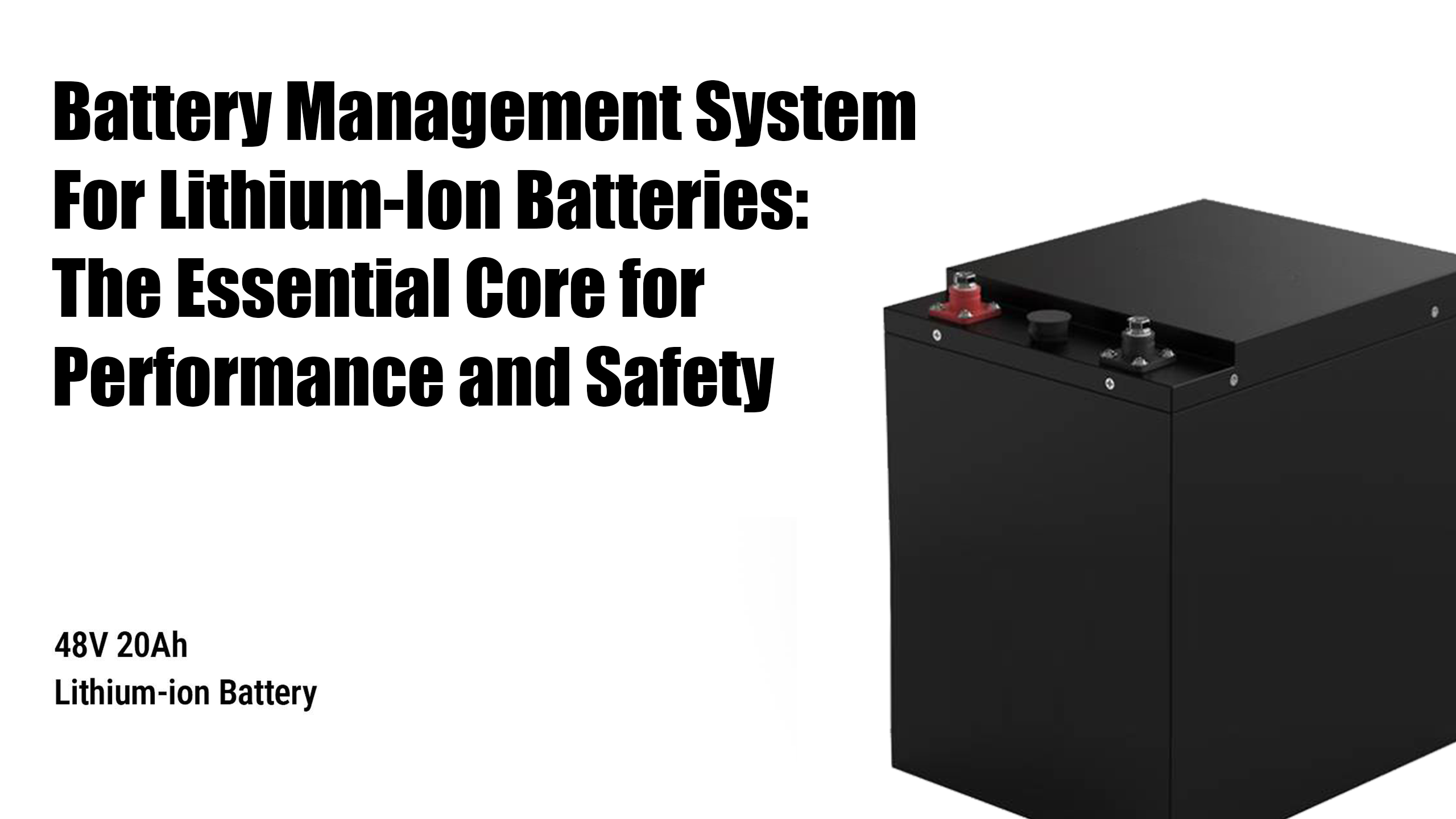
Battery Balancing (Equalisation):
This is a critical function for multi-cell battery packs. Battery cells, even from the same manufacturing batch, can have slight differences in capacity.
Over time, these differences, compounded by self-discharge, charge/discharge cycling, temperature effects, and ageing, lead to cell-to-cell variations in their State of Charge (SOC).
An unbalanced pack means some cells reach full charge or discharge limits before others.
This limits the overall usable capacity of the pack (the pack’s capacity is limited by the weakest cell) and can lead to premature ageing of the stronger cells as the BMS terminates charging or discharging based on individual cell limits.
The BMS uses balancing to ensure the cells in the battery pack have an equal state of charge.
State of Charge (SOC) Estimation:
The BMS estimates and tracks the battery’s remaining electrical energy, functioning much like a fuel gauge. It does this by continuously tracking the amount of energy entering and exiting the pack and monitoring cell voltages. While SOC is not directly measurable, the BMS estimates it using various techniques.
State of Health (SOH) Assessment:
The BMS collects data over the battery’s lifetime that can be used to assess its overall health and degradation level.
Fault Detection and Handling:
The BMS can detect abnormal conditions such as internal shorts or loose connections and implement protective measures.
Communication with External Systems:
The BMS reports critical data and status information to external devices such as chargers, inverters, load equipment, displays, or integrated telematics systems.
The Indispensable Importance of a BMS
The presence of a robust BMS is not merely beneficial; it is critical for the safe, reliable, and efficient operation of lithium-ion battery packs, especially in complex applications like industrial equipment, electric vehicles, and large energy storage systems.
Ensuring Safety: This is widely cited as the highest importance of a BMS. Lithium-ion batteries, despite their performance advantages, contain flammable liquid electrolyte.
Operating them outside their tight Safe Operating Area (SOA) can have dangerous consequences. The BMS is the primary guardian against these dangers by:
Preventing overcharging and over-discharging, which can permanently damage cells and lead to thermal runaway.
Protecting against temperature extremes. Excessive heat, especially during fast charging/discharging, accelerates degradation and can trigger thermal runaway – a self-sustaining, often inextinguishable fire.
Cold temperatures, particularly below 0°C, make charging dangerous due to the risk of metallic lithium plating on the anode, causing permanent damage and increased safety concerns. The BMS actively monitors and manages temperature.
Guarding against overcurrents and short circuits, which also present significant thermal runaway risks.
Taking immediate protective action, such as shutting down the battery, when unsafe conditions are detected.
The abrupt shut-off characteristic of lithium-ion batteries when drained, unlike the gradual fade of lead-acid, is a result of the BMS protecting the cells from harmful low-voltage states.
Extending Battery Lifespan and Enhancing Reliability: The BMS plays a crucial role in maximising the operational life and reliability of the battery pack.
By preventing operation outside the SOA (voltage, current, temperature limits), the BMS protects the cells from conditions that cause premature ageing and degradation.
Effective battery balancing prevents individual cells from being overstressed due to mismatch, ensuring that the entire pack ages more uniformly and the lifespan is not limited by a single weak cell.
Maintaining the battery within its optimal temperature range (often referred to as the “Goldilocks region,” such as 30-35°C) safeguards performance and promotes longer life.
Optimising Performance and Usable Capacity:
Battery balancing is key to unlocking the full performance potential of a lithium-ion pack.
By equalising the State of Charge (SOC) across all cells or modules, the BMS ensures that the pack can deliver its maximum designed capacity and power, preventing the usable energy from being constrained by the limitations of the weakest cells.
Simplifying Maintenance:
Compared to battery technologies like lead-acid, which require regular manual maintenance such as watering, pH checks, and temperature-controlled equalising, the BMS automates many monitoring and protective functions for lithium-ion batteries.
This significantly reduces the burden of in-house management, minimises maintenance downtime, and lowers associated labour costs. BMS data can also indicate potential problems, allowing for proactive maintenance before catastrophic failures occur.
How a BMS Works: Key Mechanisms
Understanding the core functions of a BMS requires looking into the mechanisms behind its operations, particularly concerning electrical protection, thermal management, and capacity management.
Electrical Protection (Current and Voltage): The BMS implements electrical protection by constantly monitoring current and voltage levels against defined Safe Operating Area (SOA) limits.
When approaching the high voltage limit during charging, the BMS may request a gradual reduction of charging current or terminate it entirely.
Similarly, when nearing the low voltage limit during discharge, it can request connected loads to reduce their current demands.
For example, in an electric vehicle, this might involve reducing available torque to the motor.
The BMS often incorporates hysteresis around voltage thresholds to prevent rapid switching or “chatter”.
For current protection, the BMS enforces maximum continuous current limits and can integrate current over short periods to detect and react to extreme peaks, such as those caused by a short circuit, while still being forgiving of high peak demands that are not excessive in duration.
Thermal Management: Managing temperature is vital due to its impact on performance, lifespan, and safety.
Heating: While lithium-ion batteries perform better at low temperatures than some other chemistries, their capacity diminishes, and charging below 0°C (32°F) is particularly dangerous due to the risk of permanent damage from lithium plating. A BMS can control heating to raise the battery pack temperature.
This can be done using energy from an external AC source, a separate battery designated for heating, or by siphoning energy from the primary pack if the heater draw is modest.
Thermal-hydraulic systems might use an electric heater to warm coolant circulated through the pack.
BMS design engineers may also employ tricks like activating internal power electronics associated with capacity management to generate some heat.
Charging frigid cells is detrimental, so the BMS ensures the temperature is sufficient before allowing charging, especially fast charging, which may be restricted below 5°C.
Cooling: Minimising performance loss and preventing premature ageing due to excessive heat requires cooling.
Cooling can be passive, relying on ambient airflow (like a moving electric vehicle), which can be enhanced with features like air speed sensors and auto-adjusting air dams.
Active cooling is also common, involving fans (which can equalise pack temperature with ambient) or thermal hydraulic systems that circulate coolant through a heat exchanger and cooling plates in contact with the battery modules.
The BMS monitors temperatures across the pack and controls heating and cooling elements (like opening/closing valves in a hydraulic system) to maintain the battery within its narrow optimal temperature range, such as 30-35°C.
Capacity Management (Balancing): The core of capacity management is equalising the State of Charge (SOC) across the battery stack.
Battery pack stacks, formed by connecting cells in series, are crucial for achieving the desired overall pack voltage.
Mismatching SOCs between cells in a stack creates a dilemma during charging: the cell with the highest SOC reaches its voltage limit first, forcing the BMS to terminate charging for that section before other cells are full, leaving the pack capacity limited by the weakest cell.
Passive Balancing: This is the simpler method. It involves draining a small amount of energy from the cells with a higher SOC, typically during the charging cycle, using a transistor switch and a discharge resistor in parallel with each cell.
When the BMS detects a cell nearing its charge limit, it shunts current around that cell, allowing the less charged cells below it to continue receiving charging current.
This method effectively brings all cells down to the level of the weakest cell, ensuring they charge equally from that point. While easy to implement, it wastes energy as heat.
Active Balancing: This method is more complex. Instead of simply dissipating the excess energy from high-SOC cells, it redistributes that charge to the cells with a lower SOC.
This is generally more efficient than passive balancing.
Both passive and active balancing methods aim to ensure that a cell or module sees a different charging current than the total pack current, either by removing charge from the most charged cells (giving headroom for others) or by redirecting charge around the most charged cells (allowing others to charge longer).
Effective balancing is crucial for maximising the cycle life and usable capacity of the battery pack.
BMS vs. Battery Balancer: It is important to distinguish a full Battery Management System from simpler battery balancers.
Some lithium-ion batteries, particularly in less demanding applications like laptop computers, might use battery balancers.
These typically have limited functionality, primarily optimising cell voltage and offering basic over/under current protection while charging.
Their main purpose is to ensure cells have an equal state of charge. A comprehensive BMS, however, is needed for applications like industrial equipment.
A BMS monitors many more critical parameters, including temperature variations and the true state of charge, not just voltage during charging.
Compared to a simple balancer, a BMS is designed to manage temperature, charging habits, and state of charge, offering much broader protection and management capabilities.
BMS System Architecture (Topologies)
The design scope and implemented features of a BMS correlate with the cost, complexity, and size of the battery pack, as well as the application’s safety, lifespan, and certification requirements.
Battery Management Systems can be categorised based on their physical and electronic architecture, or topology, which dictates how the monitoring and control units are connected to the battery cells or modules.
Centralised Architecture: In this topology, there is one main BMS unit in the battery pack assembly. All the battery cells or modules are directly connected to this central unit.
Advantages: This architecture tends to be more compact and is often the most economical approach, as there is only one main system.
Disadvantages: For large battery packs, connecting all the individual cells or modules directly to a single point requires extensive wiring, cabling, and connectors, which can complicate assembly, troubleshooting, and maintenance.
Modular Architecture: Similar in concept to the centralised system, but the BMS functionality is divided into several duplicated modules. Each module is assigned to an adjacent portion of the battery stack and has its bundle of wires and connections. These submodules may operate under the oversight of a primary BMS module that monitors their status and communicates externally.
Advantages: The modular nature simplifies troubleshooting and maintenance compared to a fully centralised system. It is also more straightforward to scale this architecture for larger battery packs.
Disadvantages: Overall costs are typically slightly higher due to the duplication of hardware. There may also be duplicated functionality that isn’t fully utilised in all applications.
Primary/Subordinate (Master/Slave) Architecture: This is conceptually similar to the modular topology but with a clear hierarchy and division of labour. Subordinate or “slave” units are primarily focused on relaying measurement information from the cells or modules. A central primary or “master” unit handles the main computation, control logic, and communication with external systems.
Advantages: Since the slave units are simpler (mainly measurement), the overall costs can be lower than a fully modular system. This structure can also have less overhead and fewer unused features.
Distributed Architecture: This topology is significantly different. Instead of central or semi-central units with bundles of wires running to the cells, the electronic hardware and software are integrated directly onto a control board placed on or within the cell or module being monitored.
Advantages: This approach greatly reduces the bulk of wiring, requiring only a few sensor and communication wires between adjacent distributed BMS modules. Each unit is more self-contained, handling its local computations and communications.
Disadvantages: The integrated nature, often residing deep inside a shielded module assembly, can make troubleshooting and maintenance potentially problematic. Costs also tend to be higher because there are more individual BMS units throughout the battery pack structure.
The choice of topology depends heavily on the specific requirements of the battery pack and its intended application, balancing factors like size, cost, performance needs, and ease of maintenance.
Applications Across Diverse Industries
Given their critical role in safety, performance, and lifespan, BMS technology is integral to the successful deployment of lithium-ion batteries across a wide range of industries and applications.
Industrial Equipment: Lithium-ion batteries powered by BMS are increasingly common in material handling equipment such as counterbalance forklifts, 3-wheel forklifts, narrow aisle forklifts, end riders, centre riders, and walkie pallet jacks. They are also essential in Automated Guided Vehicles (AGVs) and Autonomous Mobile Robots (AMRs) used in manufacturing and logistics. The BMS in these applications simplifies fleet management by providing data for preventive maintenance, tracking usage patterns, and enabling remote monitoring to catch potential problems early.
Electric Vehicles (EVs): From passenger cars to commercial vehicles and Airport Ground Support Equipment (GSE) like pushback tractors, belt loaders, and luggage tugs, BMS is fundamental. It manages the complex interactions between the battery pack, the motor, and the charging system, ensuring safety under dynamic driving and charging conditions and optimising range. Temperature management, especially thermal-hydraulic cooling, is particularly important in high-power EV battery packs.
Renewable Energy Storage Systems: BMSs are vital in integrating lithium-ion batteries with renewable energy sources like solar and wind, both for residential off-grid systems and large-scale industrial solar installations and Battery Energy Storage Systems (BESS). These systems can involve packs with very high voltages and currents, making functional safety managed by the BMS paramount.
Mobile and Recreational Applications: Lithium-ion batteries with BMS are popular in RVs, vans, and various marine applications like sailboats, trolling motors, and kayaks. The BMS ensures reliable power delivery and safe charging from various sources in potentially demanding environmental conditions.
Consumer Electronics: While sometimes using simpler balancers, more advanced personal electronics like laptops often incorporate a degree of battery management to monitor charge, provide fuel gauge information, and offer basic protection. Even in these smaller formats, mismanagement can lead to significant damage or fire.
In all these applications, the BMS translates the inherent energy density and performance of lithium-ion chemistry into practical, reliable, and safe power solutions.
Advanced Aspects: Data, Diagnostics, and Design
Beyond its core protective and management functions, the BMS also serves as a crucial source of data and can be supported by advanced engineering techniques.
Data Collection and Diagnostics: A comprehensive BMS continuously monitors and logs data from all battery cells and the pack as a whole.
This rich dataset, including detailed information on voltage, current, temperature, SOC, and usage patterns, is invaluable.
It is used internally by the BMS for real-time control (like balancing algorithms or state estimation) but is also critical for external diagnostics, troubleshooting potential issues, and understanding the battery’s behaviour over time.
This data can inform predictive maintenance strategies, helping identify problems before they become catastrophic.
Integration with External Systems and Remote Monitoring: Pairing the BMS with external systems like telematics units allows the collected data to be accessed remotely, often via the cloud.
This enables real-time monitoring of battery health and status for entire fleets or distributed energy systems.
Remote monitoring provides insights into equipment utilisation patterns and charging habits, allowing operations managers to make informed decisions to optimise usage, reduce costs, and maximise uptime.
Simulation and Design in BMS Development: The complexity and critical safety role of BMS design necessitate rigorous engineering processes.
Simulation tools are a valuable ally in exploring and addressing design challenges during hardware development, prototyping, and testing.
By using accurate models of lithium-ion cells and the proposed BMS architecture, engineers can create a “virtual prototype”.
This allows for painless investigation of different BMS oversight functions and testing the system against a wide variety of battery and environmental operating scenarios, including challenging edge cases and worst-case conditions, long before physical hardware is built.
Simulation helps discover and investigate implementation issues early, verify performance and functional safety, reduce development time, and increase confidence that the first hardware prototypes will be robust and reliable.
Advanced simulation platforms offer extensive libraries of models for electrical, digital, control, and thermal-hydraulic components, along with tools for statistical, stress, and fault analyses.
The Indispensable Brain
The lithium-ion battery management system is far more than just a protective circuit; the sophisticated “brain” makes high-performance lithium-ion technology viable and safe for countless applications.
Its ability to continuously monitor key parameters, accurately estimate states, balance cell energies, manage thermal conditions, detect faults, and communicate with external systems is fundamental to mitigating the inherent sensitivities of lithium-ion chemistry.
By ensuring operation within safe limits, optimising charge and discharge processes, and maintaining cell balance, the BMS directly contributes to the battery pack’s safety, optimises its performance and usable capacity, and significantly extends its operational lifespan.
From powering industrial vehicles and electric cars to enabling renewable energy storage and portable devices, the reliability and safety of lithium-ion batteries depend almost entirely on the effectiveness of their Battery Management System.
As lithium-ion technology continues to evolve and find new applications, the role and sophistication of the BMS will only grow, further solidifying its position as an essential core component.
News Recommend
-
How does AYAATECH BMS work in E-scooters
01/16/2025





